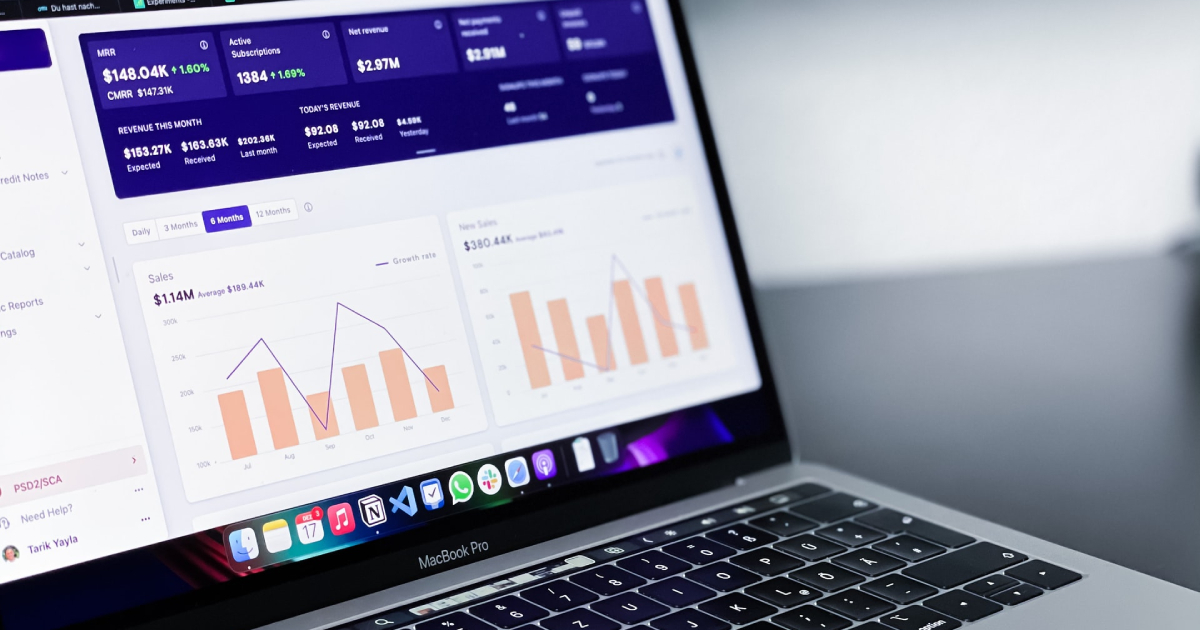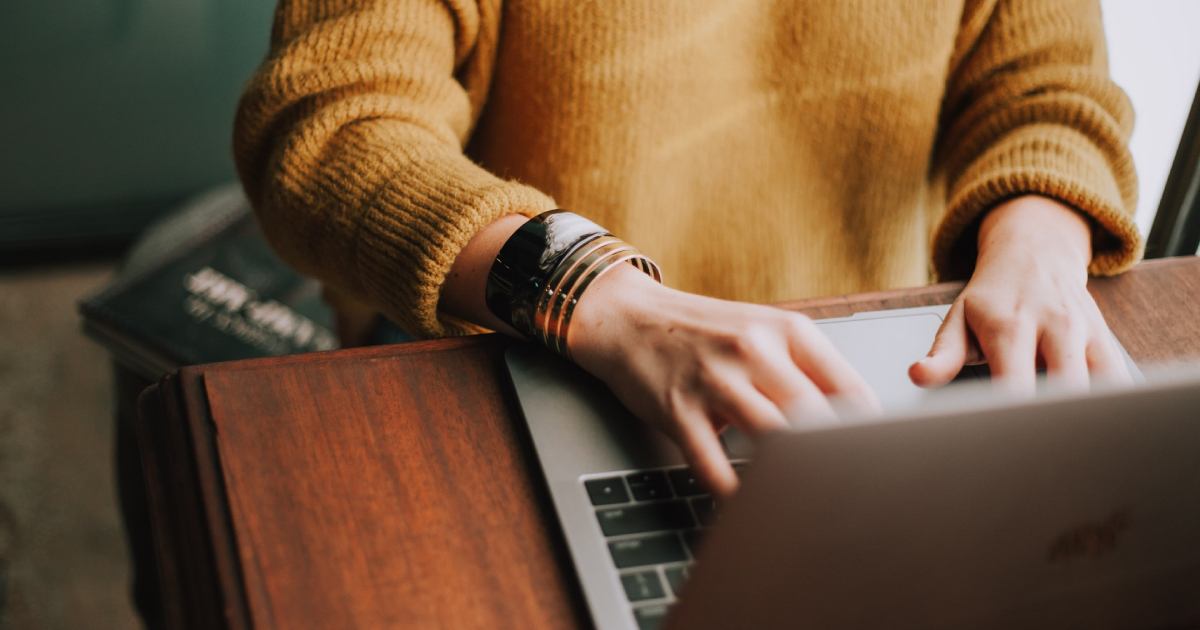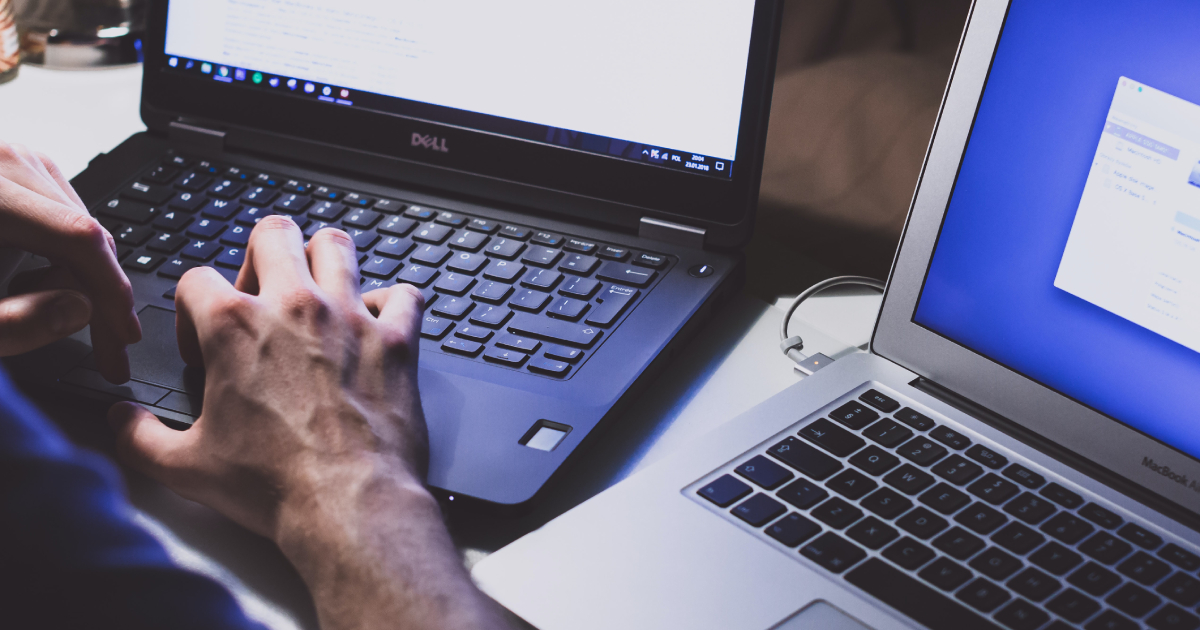Globally, there is a cyberattack on about 30,000 websites daily.
Regardless of age, gender, or demographic, almost everyone can be a cyberattack victim. Anyone can become a target because we are all online these days.
When it comes to website safety, it pays to know what you’re doing. It sounds simple enough. While most of us know about safe browsing websites like Google and Bing, staying safe on other mediums is harder to pick up.
Want to learn about the dos and don’ts of digital safety? Read on and learn everything you need to know.
Choose Strong Passwords for Digital Safety

Do use a strong password that is a mix of letters, numbers, and symbols. Don’t use guessed words like your birth date or mother’s maiden name; change your passwords regularly.
Don’t use the same password for all your accounts. If you have multiple digital accounts, use a password manager to help keep track of your passwords.
Limit Personal Information on the Internet
It includes your home address, phone number, email address, and social media accounts. Be careful about who you give this information to and only share it with people you trust to ensure online safety.
You can also do a few things to help protect your personal information online. For example, you can use a secure browser extension like HTTPS Everywhere to help encrypt your data. You can also use a VPN to help keep your data private and safe from prying eyes.
Enable Two-Factor Authentication if Possible
Two-factor authentication is an extra layer of digital security that requires not only your password but will also generate a code and send it to your phone. It makes it much harder for someone to access your accounts, even if they have your password.
While this may seem inconvenient, it can be a lifesaver if your account is compromised.
Monitor Your Website Visitors

If you have a website, ensure that it is secure and that your visitor’s information is safe. Be sure to monitor your website for any suspicious or unauthorized activity. If you find something fishy, take immediate action to protect your website and visitors.
There are tools and services that can help track who visits your website. Utilize what they offer for added website security.
Don’t Download Unknown Software

One of the most important things you can do is to download software from only trusted sources. If you are unsure about a particular source, research to see if others have had positive experiences with it. It is also essential to be cautious when downloading software from unfamiliar websites; if possible, avoid doing so altogether.
If you must download software from an untrustworthy source, take precautions against malware. Scan the software with an antivirus program before running it.
If possible, create a virtual machine or sandbox environment to run the software; this will limit the amount of access it has to your computer and reduce the risk of infection.
Protect Yourself From the Dangers of the Internet
There are a lot of things to keep in mind when it comes to digital safety. But as long as you use common sense and follow the basic dos and don’ts, you should be fine. Remember to be aware of the potential online dangers and take steps to protect yourself and your family.
You can learn a lot of things from our site. Visit us for more exciting info!
